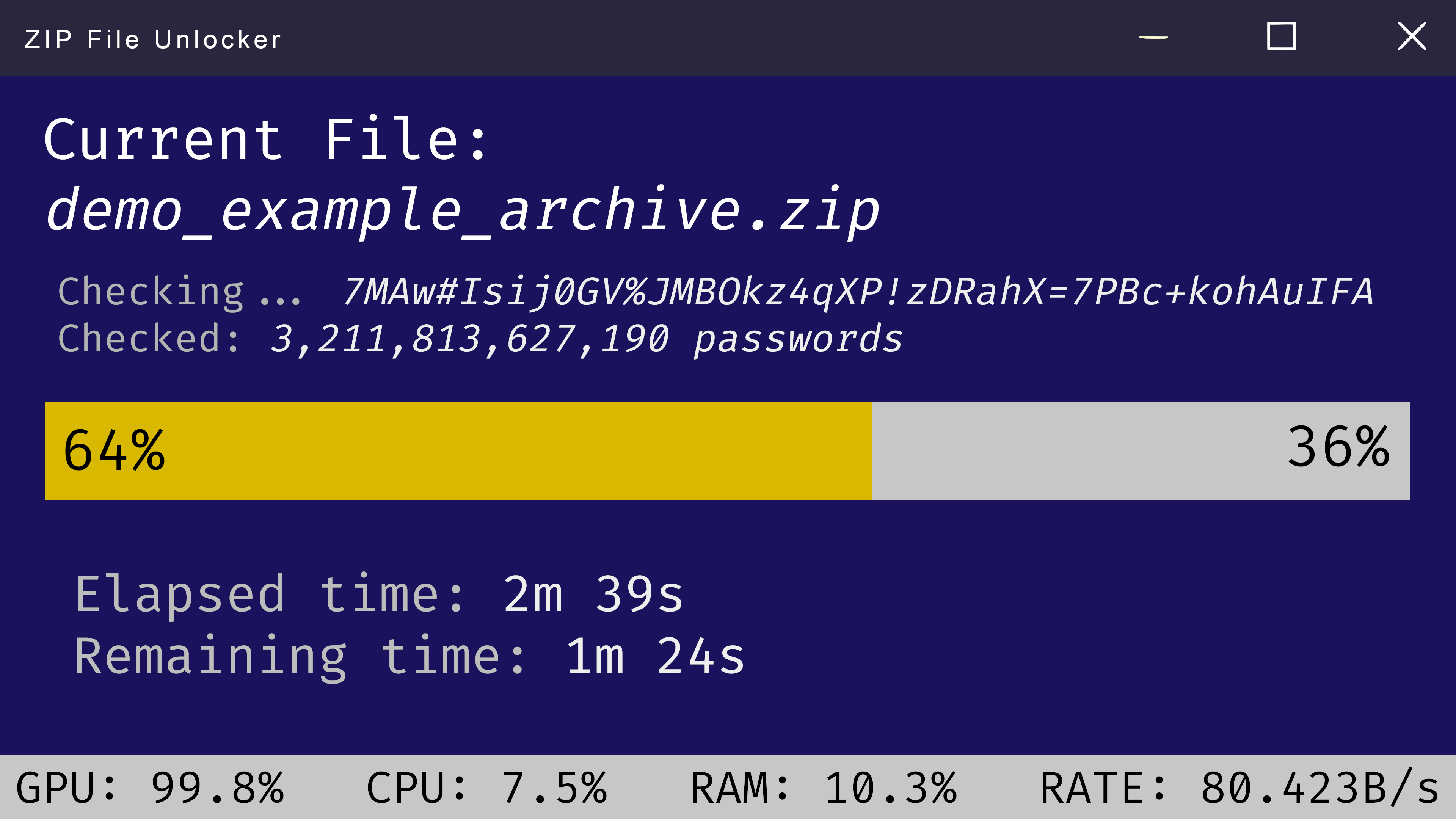How Do I Open a Password Protected File?
In today's digital age, securing sensitive information is paramount, and password protection offers a robust first line of defense. But what happens when you need to access a password-protected file and can't remember the password?
This article explores various methods to help you open a password-protected file, ranging from simple solutions to more advanced techniques.
Understanding Password Protection: Why It Matters
Password protection is a crucial security measure that restricts unauthorized access to your files, folders, and devices. Whether it's a confidential work document or personal photos, passwords prevent prying eyes from viewing or altering your data.
Common File Types and Their Password Mechanisms
Different file types employ various methods of password protection. Let's delve into some of the most common ones:
1. Document Files (.doc, .docx, .pdf)
Word documents, spreadsheets, and PDFs often utilize password protection to restrict editing, copying, or even opening the file.
2. Archive Files (.zip, .rar)
Compressed files like ZIP and RAR archives often incorporate password protection to secure their contents, especially when sharing sensitive data online.
3. Data Files (.xlsx, .accdb)
Spreadsheets containing sensitive financial data or databases storing confidential information frequently use passwords to safeguard their integrity.
Methods to Open a Password Protected File
Here are some proven methods to help you unlock your password-protected files:
1. Remember Your Password
It might seem obvious, but take a moment to jog your memory. Try common passwords, variations of familiar phrases, or check password managers if you use them.
2. Contact the File Creator or Owner
If you received the password-protected file from someone else, reach out to them for the password. They may be able to provide it or offer guidance.
3. Use Password Recovery Software
Specialized password recovery tools are available for various file types. These programs use algorithms to try different password combinations, potentially recovering your access.
Caution: Be wary of free online password recovery tools, as some may be scams or pose security risks. Opt for reputable software from trusted providers.
4. Try Password Hints (If Available)
Some applications or operating systems offer password hint features. If you set up a hint when creating the password, try to recall it as it might provide clues to unlock the file.
Preventing Future Lockouts: Best Practices
While these methods can help you recover access, prevention is always better than cure. Here's how to avoid future lockouts:
- Use Strong, Unique Passwords: Employ a combination of upper and lowercase letters, numbers, and symbols for each password.
- Leverage a Password Manager: Password managers securely store all your passwords, so you only need to remember one master password.
- Enable Two-Factor Authentication (2FA): 2FA adds an extra layer of security by requiring a secondary verification code, even if someone knows your password.
Conclusion
Encountering a password-protected file can be frustrating, but with the methods outlined above, you can increase your chances of regaining access. Remember to prioritize security by using strong passwords, password managers, and enabling 2FA to protect your valuable data effectively.


 Windows
Windows MacOS
MacOS Linux
Linux